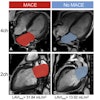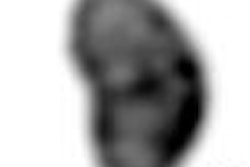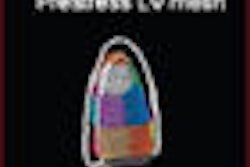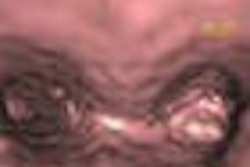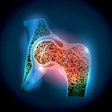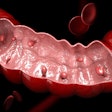Dear Advanced Visualization Insider,
Today's commercially available lung computer-aided detection (CAD) systems are mostly designed to detect solid nodules. But CAD technology can also perform well in subsolid and ground-glass nodules, according to research presented at the recent American Roentgen Ray Society (ARRS) meeting in Boston.
A research team led by Dr. Myrna Godoy of New York University Langone Medical Center tested a CAD prototype specifically designed to improve performance in these clinically significant nodules. The researchers found that the system significantly increased reader sensitivity in all nodule subgroups, including subsolid and ground-glass nodules.
Our coverage of the presentation is the subject of this month's Insider Exclusive, which you have access to in advance of our regular members. To learn more, click here.
In other lung CAD stories featured this month in your Advanced Visualization Digital Community, two CAD systems recently showed a big difference in sensitivity for detecting solid nodules. On the bright side, nodule detection on both systems was unaffected by low-dose scanning. Read our coverage of the research from staff writer Eric Barnes by clicking here.
Also, an updated CAD system was found to help diagnose cancer at early stages, leading to a potential severalfold increase in patient survival. Click here to learn more.
In 3D developments, the use of thin-client 3D software was found suitable for on-call CT angiography studies. Also, 3D can improve the accuracy of imaging asbestos-related disease.
Finally, do you have interesting images or clips that might be suitable for our Advanced Visualization community gallery? I invite to you to submit them by clicking here.



